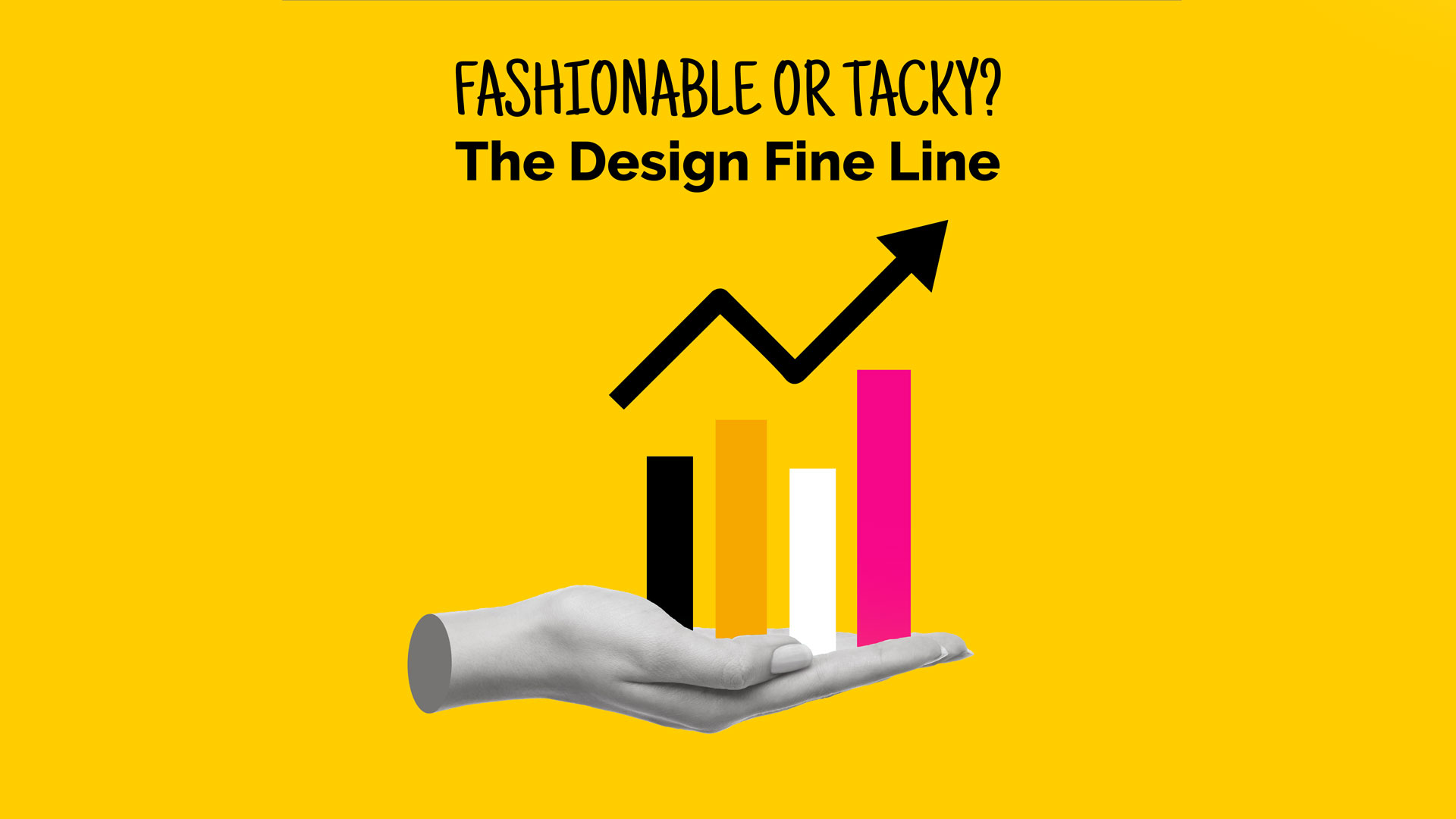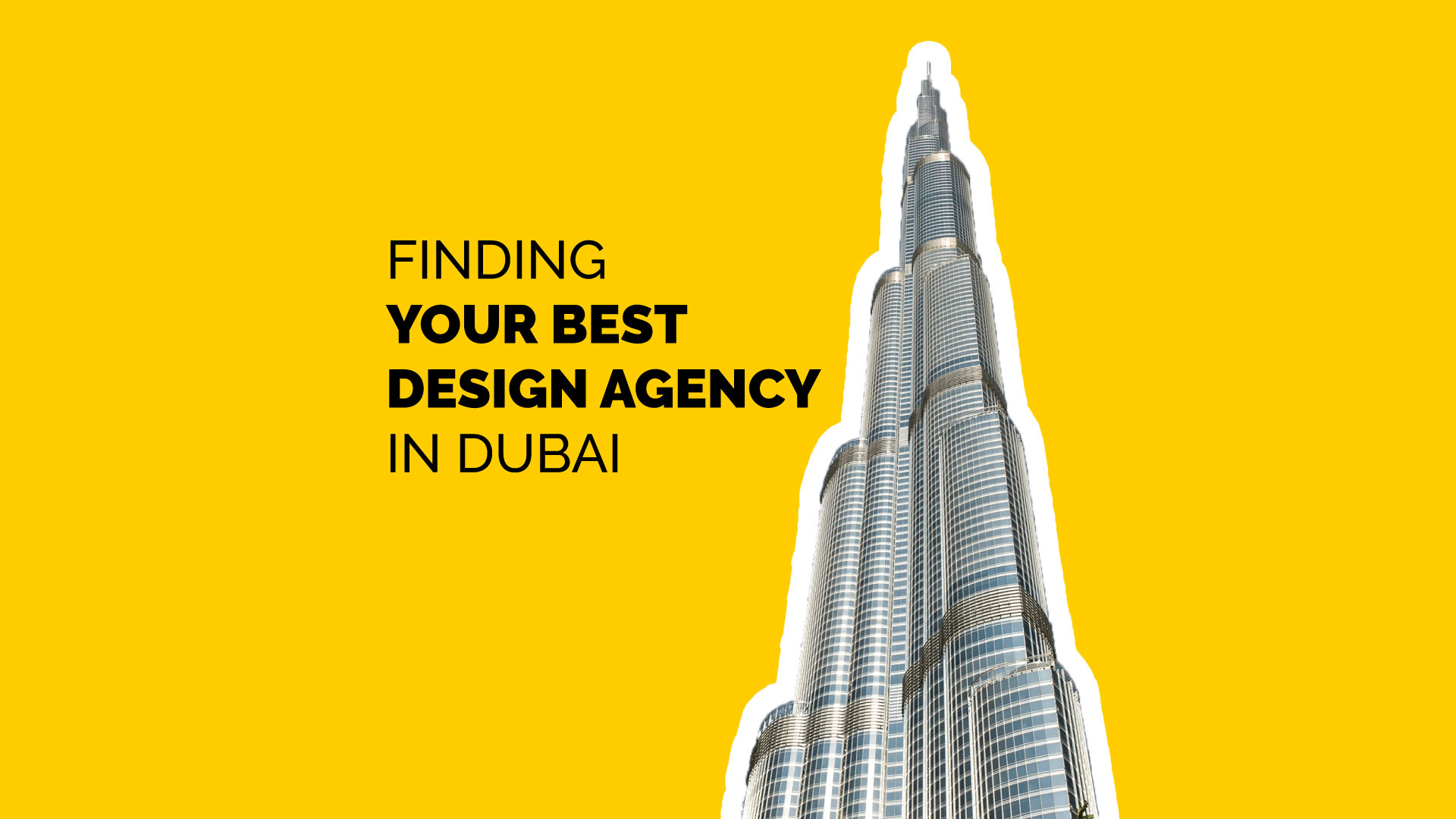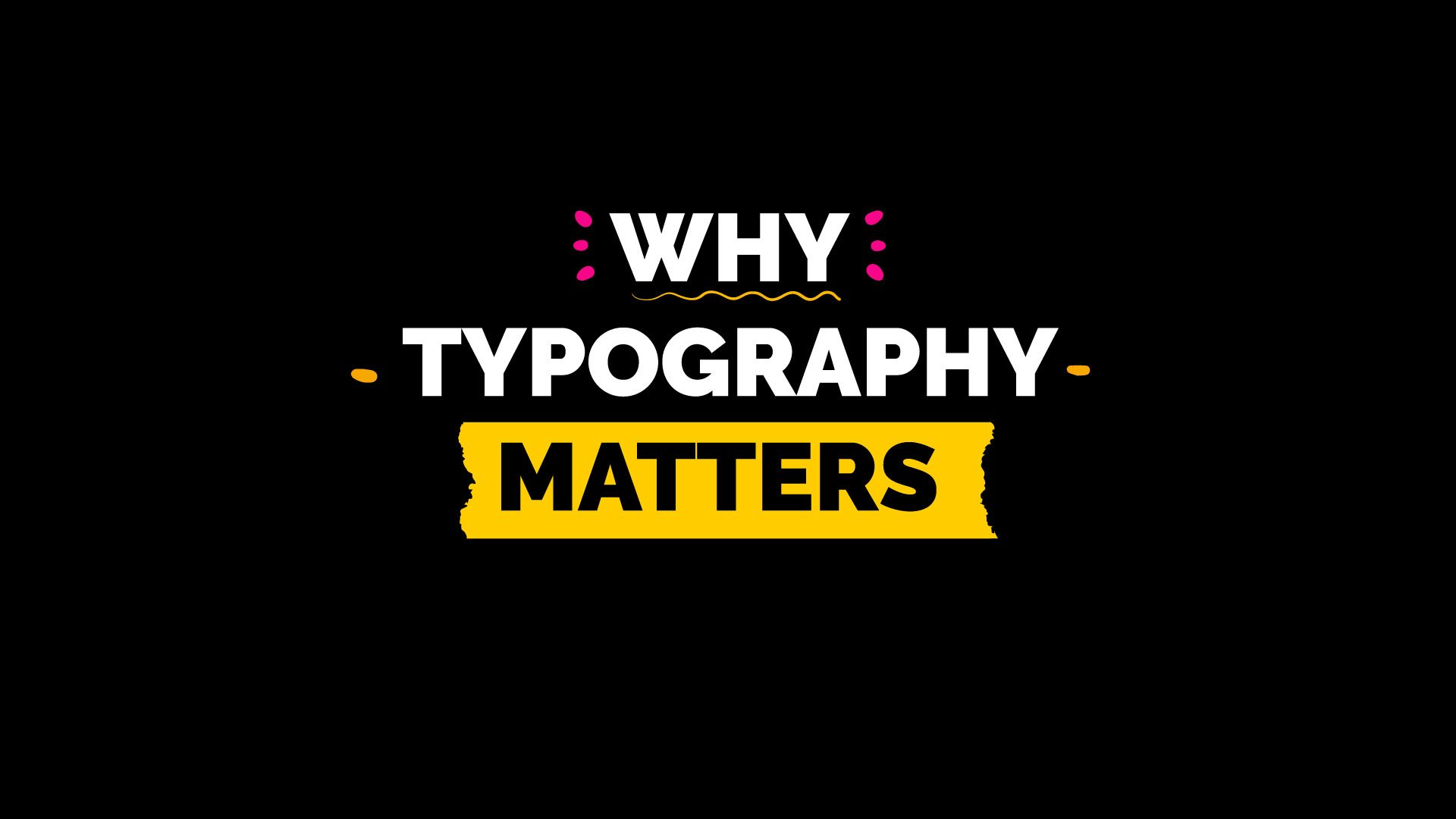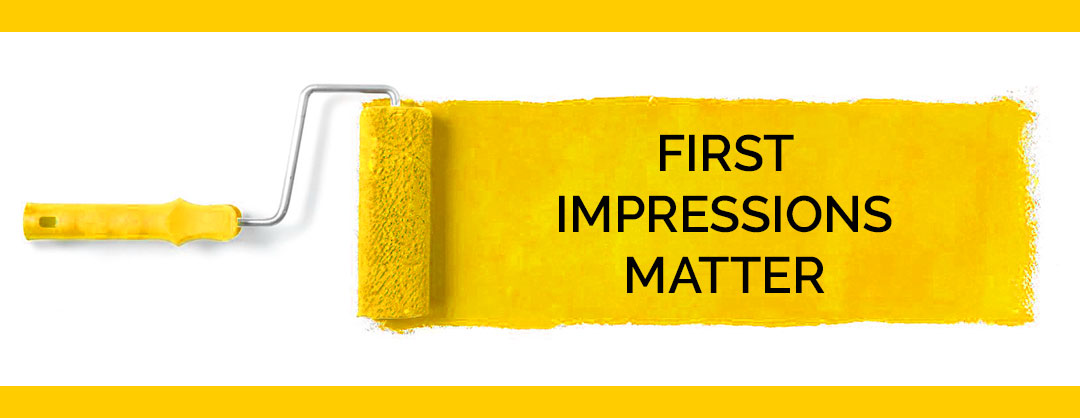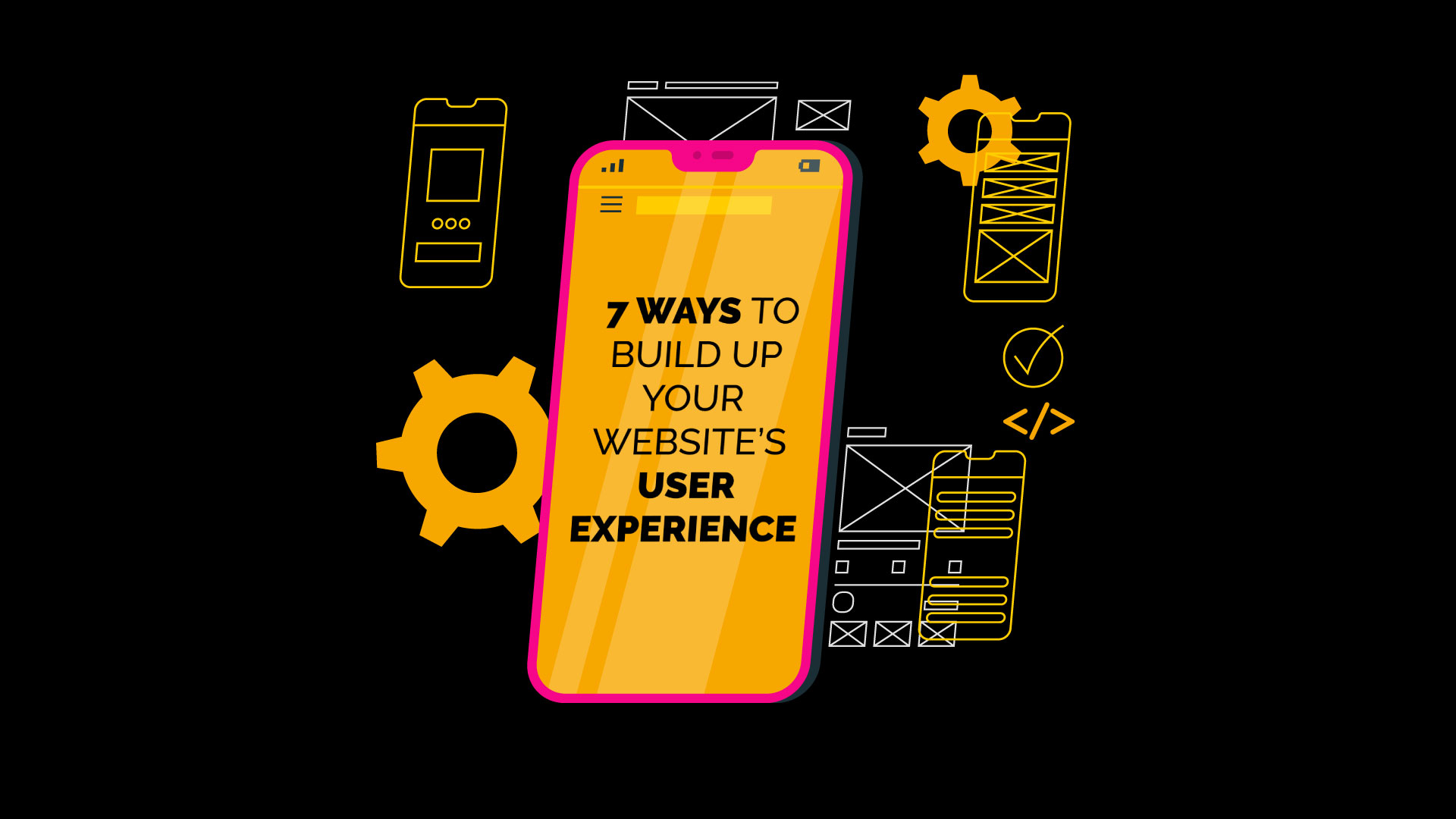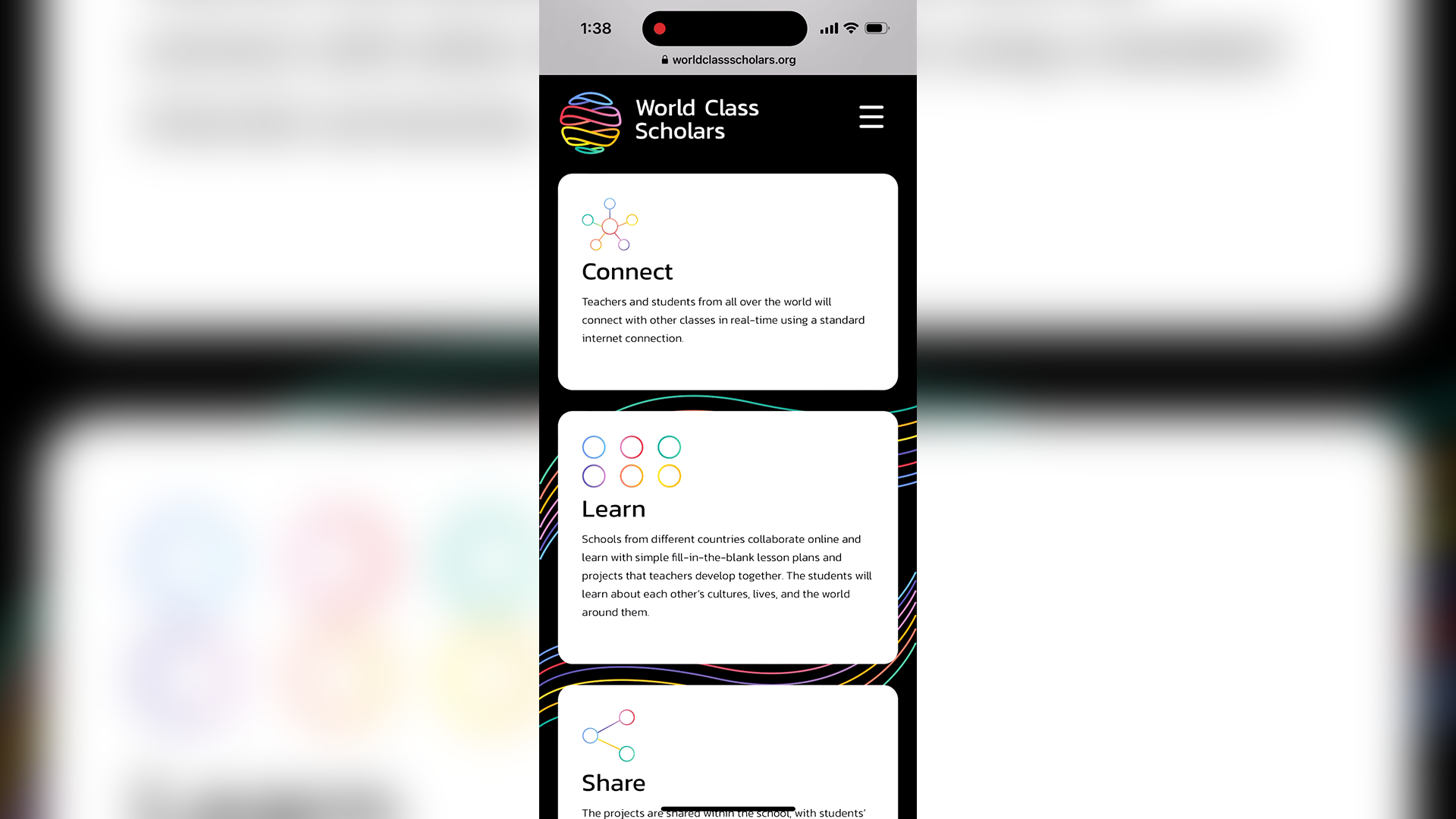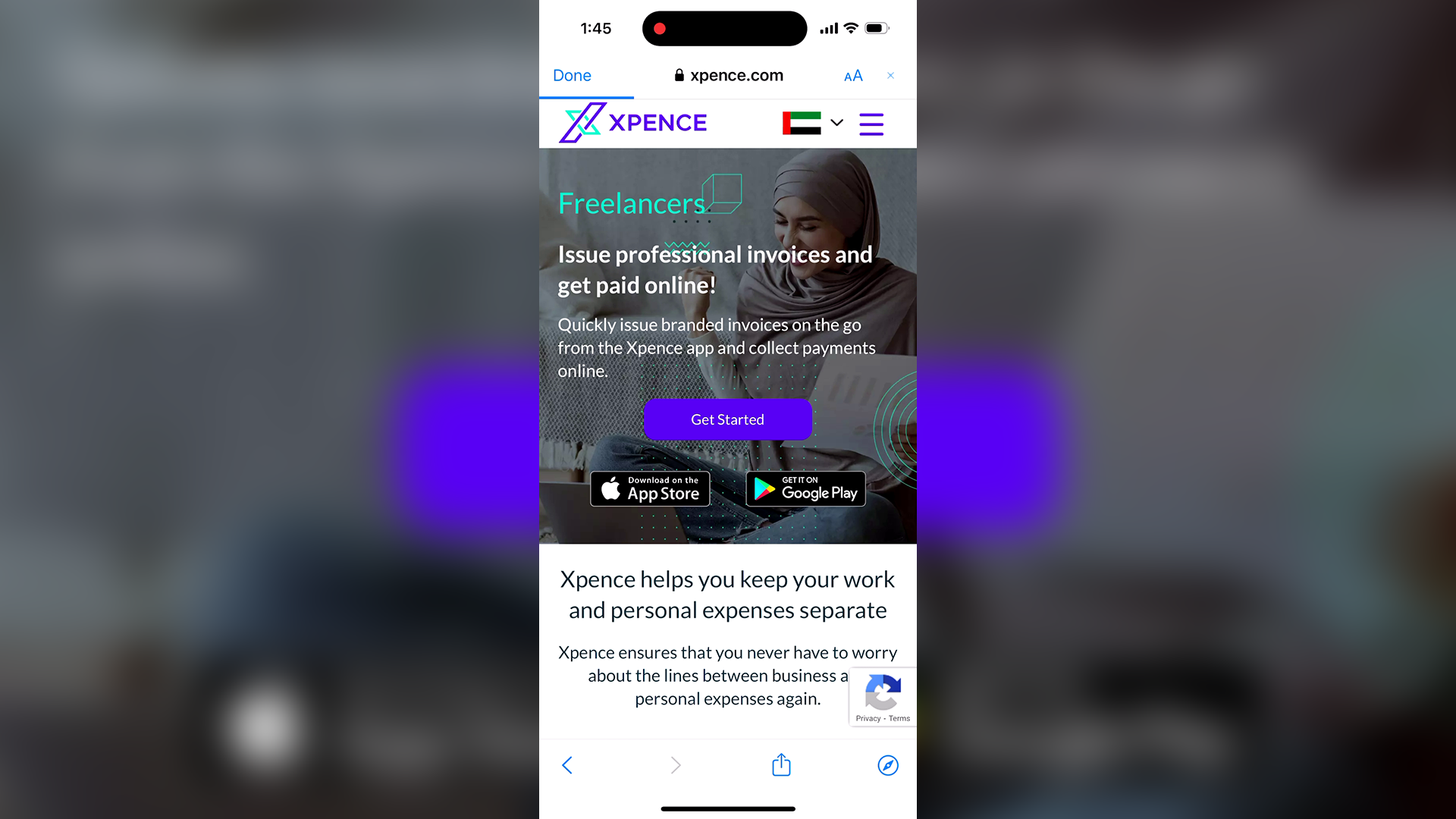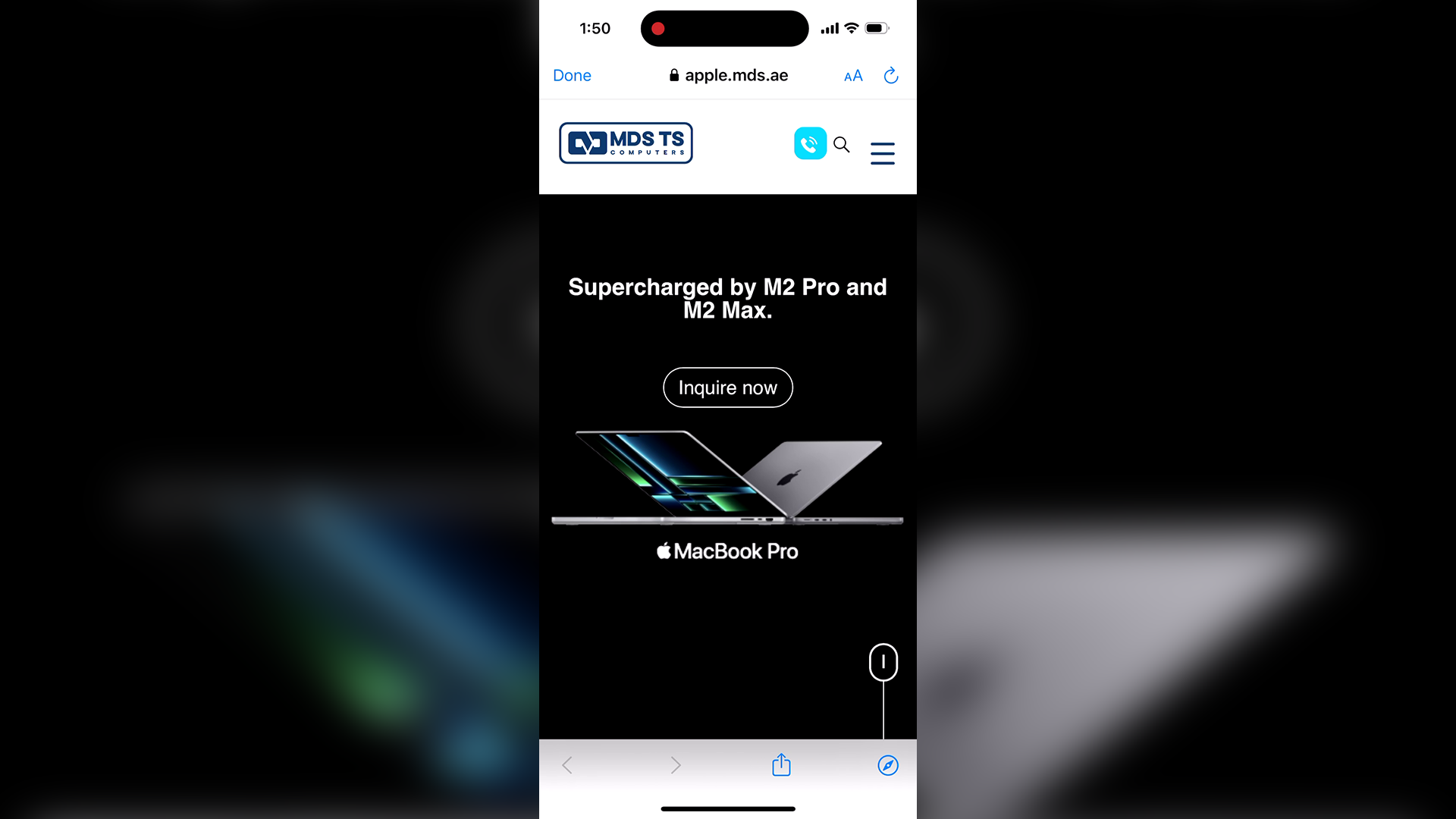Trends are a tricky business, especially online ones. It feels like, every day, there are new, fashionable ways to express your brand. On the flip side, there are also ways that can make your brand look old, stodgy and out of touch. Choosing current trends that jive with your desired online footprint are always going to feel like walking a tightrope, always at risk of falling into the dangerous territories of “trying too hard” or not presenting your “true self” to customers.
Also, sticking with tried and tested design approaches can also put you at risk of getting lost in the shuffle of an online world moving at a million kilometers a second.
Keeping an eye on current online trends is exactly what great UX and UI designers specialize in and then inject beautifully into your online presence. As a creative branding agency in the UAE, we know a thing or two about staying on top of the latest trends and making sure our clients’ brands are always looking fresh and current. And, as an online creative branding agency in Dubai, we also know that keeping up with the latest digital trends is crucial for success in today’s market.
But are there pitfalls to look out for? Can choosing to ride the wrong trend for you adversely affect your business? Are there current trends you should just leave alone? A quick Google search yields hundreds of click bait articles about new online trends that will “help you gain a competitive edge,” but should you take them seriously?
Come trendspotting with us!
Let’s explore some current trends in digital marketing and talk a bit about times when you should (and really shouldn’t) ride a trend…
Brutalism
Meet the stark laying out of visuals in a seemingly random way. A direct reaction to the more formalized standards of conventional web design and wisdom, brutalism gives you everything all at once, challenging your expectations of hierarchy and form. Here’s a good example of brutalism. It’s the current punk rock of web design and, if it fits your brand, it’s a pretty huge deal.
Colorful Gradients
In 2023, color gradients are all the rage. When used correctly, they’re eye-catching and, when paired with an active typography, can be really engaging. Colorful gradients aren’t distracting when they’re used in the right context. In fact, they can serve to magnify the points you’re trying to make.
Horizontal and Vertical Text
Text freed from the usual horizontal expectations attract attention and encourage mental interactivity. Great use of vertical text breaks up monotony. Designers in 2023 are mixing text up in unique ways that intrigue and inspire multi-level engagement.
Y2K Chic
Trends are cyclical in nature, and generally spin back around on us every 30 years, albeit with a modern-day spin. The monochromatic, futuristic images of the late 1990s have returned. It’s a prime example of dynamic futurism, a unique interpretation of how we used to look at the online years ahead. Yes, your favorite color schemes and CD album cover designs are making a resurgence, and the candy-colored designs so popular at the time are returning to fashion.
Organic Shapes
When creating a web page, crafting a bridge to real world forms is proving helpful in grounding a presentation. The organic shape can break up monotony and rigid formalism, while also being visually appealing and unexpected. In short: It’s emotionally engaging, which is what you want.
The above examples are just a small sampling of digital trends for 2023. They can be fun to indulge in, and endlessly rewarding when used correctly. But they can’t all be perfect fits for your brand. With the help of a little market research, and the right online creative branding agency in Dubai, you can expect some remarkable results.
However, it’s important to know the ins and outs of your brand, practically in the biblical sense, to know which trends are the right ones to ride.
Here are a few things to keep in mind when trendspotting…
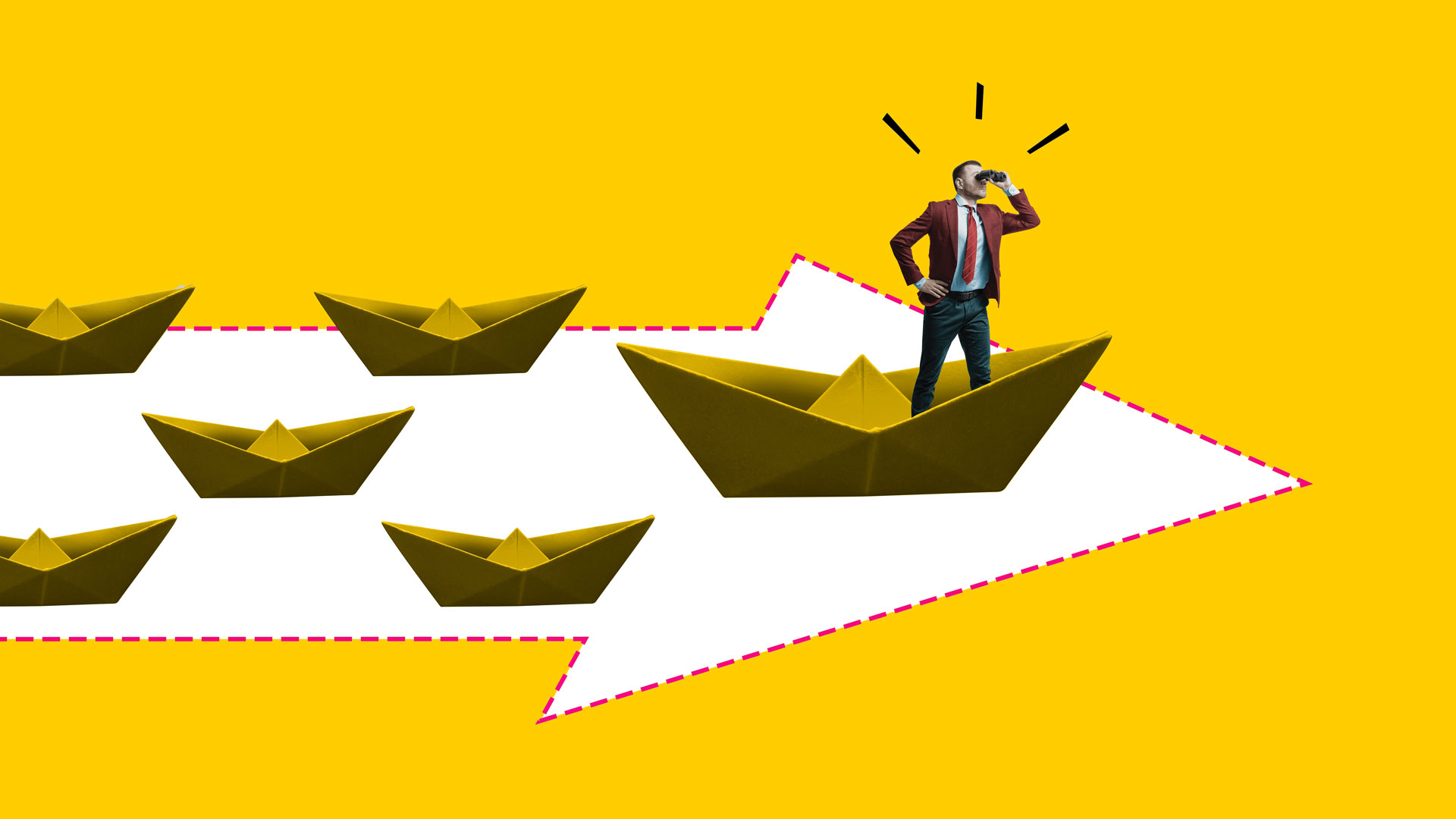
- Does it fit your brand?
- Does your audience like it?
- Is It Future-Proof?
- Does It Improve Functionality?
- Can It Fit Your Brand?
If a trend doesn’t align with your brand and business goals, if it’s too far away from who you are and might alienate your target demographic, then it’s probably not for you. For example: If your brand is focused on sincerity and tradition, then colorful, animated, graphic illustrations might not be a good fit. Your business goals should always take precedence.
Are some current trends being successfully used by similar brands in similar markets? If so, then they might be right for you too! You know your target audience and you know what they like, therefore you should also be aware of what resonates with them. That’s not to say you shouldn’t take acceptable risks with your brand’s representation. Risk often leads to success.
Choosing to ride a trend can be a great, eye-catching decision that will pay off in the short term, but will it look good in a year? Will your choices now continue to pay for themselves in the future? Avoiding trends that appear to be fleeting or short-lived is just good business sense, because the last thing you need after investing time and money into your brand is to have it be out-of-date in a matter of months.
Ultimately, you want your website to be accessible to the broadest possible audience. If a trend gets in the way of website functionality, then it’s probably not going to work for you. For example, a very popular trend in 2023 is gamification, which is literally turning your website landing page into a playable game. Sounds fun because it is! However, if this sense of fun doesn’t jive with your brand’s intentions, you’ll find yourself broadcasting a very mixed message.
Here’s the part where we remind you that you don’t have to let a trend outsmart you. Once you’ve focused on trends you’d like to incorporate into your website design, you should feel free to make them fit within your framework. You, and your Dubai-based UX designer, can work together to mold current fashions in your image, and create results that are wholly on brand for your company while also being trendy.
At the end of the day, choosing to ride a trend is not something to be taken lightly. Current trends, in the right hands, can be your ticket to greater attention and success. Using trends incorrectly, however, can create the opposite reaction.
Proper trendspotting requires market research, and also a keen understanding of both your business and clientele. Being effective and current yields amazing results, as long as you’re sticking with trends that are sustainable while always keeping the effectiveness and functionality of your website at the top of your “must do” list.
At the end of the day, you can be true to yourself and trendy at the same time!
